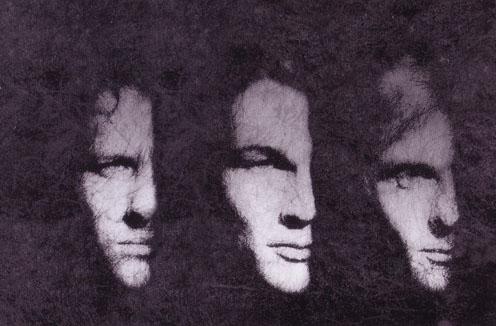
Eight minutes and eighteen seconds. The longest a-ha song that was ever put on an album.
Cold As Stone is the third track on their fifth album Memorial Beach, released in the brightest summer month in the Norselands, on 14 June 1993. As a contrast to that, it is easily the band’s darkest and most introspective album, with several of the songs delving into subjects like separation, alienation, loss, disenchantment, and doubt.
There is however light also. The song Angel In the Snow (placed directly after Cold As Stone on the album, almost as an antidote to the darkness) was written by guitar player Paul Waaktaar-Savoy to his wife Lauren for their wedding.

Paul said: “Angel In The Snow arrived four days before the wedding. That song became my wedding speech. We recorded it at Magne’s studio the day before the wedding.”
On this album especially, it ends up being a pretty unique expression of love, light and devotion. The contrast it provides to some of the other songs is more than a bit noteworthy.
a-ha were in a strange place at this time, and indeed the band would go on an extended break after touring Memorial Beach. The hysteria of the pop years were behind them, yet they had been part of record-setting shows in South America (where they played for 198,000 people in Rio de Janeiro, Brazil in 1991).
On the previous album, East of the Sun West of the Moon (1990), Paul had shared his feelings on the years of pop stardom. On Cold As Stone he takes it a step further.
“Around this time, something had happened” Paul explains in the book Tears From A Stone (Ørjan Nilsson, 2017). “When we came back to Norway around this time, that was the first time I ever felt that Norway wasn’t my home any longer. After all those years abroad, the cord had been cut.”
Paul addresses this directly in the lyrics.
You’re travel-worn
Standing here in the town
Where you were born
It’s not your home
Paul continues, “The song is also about how I’m not good at dealing with other people, so people always try to read me and find out what’s wrong. They will go, “What’s up with him? Why is he in such a mood?” So, the title Cold As Stone is about trying to rouse myself from that state. I would think, “Gee, is it really like that? Are those people correct?” It’s a bit of self-analysis.”
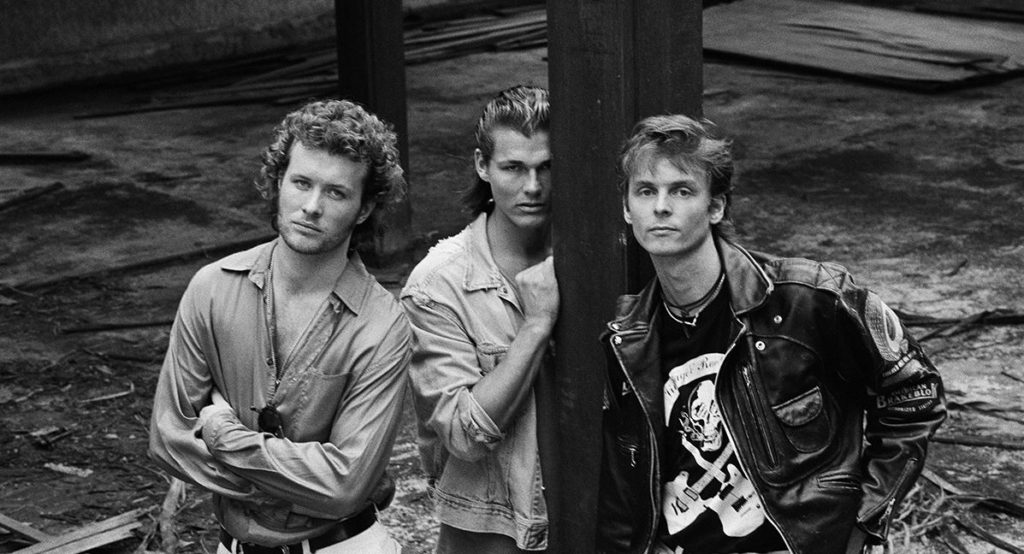
The song was written in America after Paul moved there – or at least that’s when it was finished. The actual roots of the song may go further back, and Paul recalls starting it in England in the mid-80s. “There is a mellotron sound there at the start of the song,” says Paul, “which originally was the vocal melody. I intended for Morten to sing the lyrics in that melody, and we tried it, but it didn’t quite work.”
This sent Paul back to the drawing board. He wanted to keep the mood intact but needed to find a different space for the vocal. He realised that the main theme didn’t always need to lie within the vocal melody, and wanted to give Morten a bit more space, but it would take years – and a move to America – for the song to be finished.
In addition to the finished version of Cold As Stone, most of the demos for the Memorial Beach album were made at his home in Manhattan, which had a definite influence on how the album ended up. “I started a bit over again in the US” Paul says. “Things become looser. The ideas were allowed to live and take shape. The cool musicians we were working with at the time [Jørun Bøgeberg (bass), Per Hillestad (drums)] were also allowed to keep playing. We just let loose.”
The band was more than ready to embrace this new development. Keyboardist Magne Furuholmen adds, “Memorial Beach is a-ha deeply immersed in Americana and the mythical landscape of American music. The idea was to make a record which was more groove-oriented than the previous ones.”
The band initially went back to Norway for pre-production of the album. They rented a studio in the Lund area in Kristiansand, and another one in Spydeberg. The time was productive.
Most of the album found its shape during this time, and it is perhaps a bit ironic that their most America-inspired (and sounding) album was fully shaped and given a voice in their home country of Norway.
Eventually they headed over to Prince’s Paisley Park studios to record the album.
“Paisley Park was a square box on a field outside Minneapolis,” Paul says with a laugh in the liner notes to the 2015 deluxe edition of the album. “It was strange – the area was very desolate. There was not much to do. Food-wise, it wasn’t the best. The only place that would deliver was a pizza place which insisted on delivering two pizzas for the price of one, no matter how much you begged and pleaded to just deliver one.”
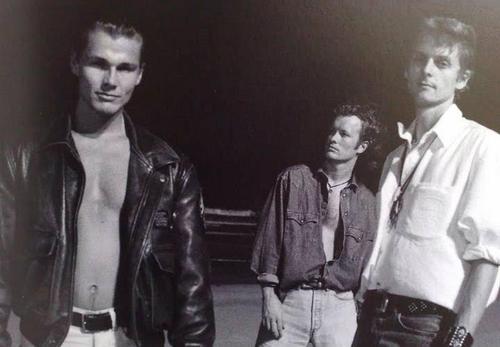
“The Paisley Park experience was a little surreal,” adds Magne. “Especially as Prince was wandering around doing videos and recording next door. We would go see Prince play at some local pub and hang out with David (Z, who co-produced the album with the band) and his family for barbecues, leading a very American existence – breakfasts with weak coffee and blueberry pancakes included. But David Z was a really good guy and the overall mood was really good. The trip really felt like a new adventure for us.”
Their co-producer’s influence extended to hiring a Chamberlin keyboard. This was very unusual in 1992, but particularly after Radiohead also started using it later on, it almost became fashionable. The instrument, a forerunner of the Mellotron, was invented in the late 1940s and first manufactured for sale in the mid-1950s. Playing its keyboard triggered individual tapes corresponding to each note played. Any instrument could potentially be recorded on each spool of tape.
“The Chamberlin strongly influenced the sound of Memorial Beach,” says Paul. “It was such a beautiful sound and is all over the album. The guy we hired it from, though, was so scared of it being sampled he would watch every DAT recorded in the studio to see nothing else was being recorded. He would be there all the time while you recorded the keyboard parts.”
The recordings would add several similar new textures to what was on the demos. The final album would be slower and more brooding. Some of the songs are sparser, rockier and makes less use of the keyboards. The initial looseness and willingness to stretch was always there, though.
The recording of Cold As Stone is a great example. Paul recalls, “For that track, I remember standing in the darkness in the Paisley Park studio and just playing away. We just kept going. The long jam at the end of the song wasn’t planned. It happened in the studio, and we never let ourselves go with the flow like that before.“
Paul continues: “It may also be the only song we did where Morten’s vocal is recorded while we are standing there playing live. The whole thing became a performance. We managed to capture just what was happening there and then, with very minimal additions done after. So that was a song where it became very easy for us to go out and play it live.”
Cold As Stone has a real groove, and manages the feat of mixing a fat, groovy bottom sound with a sparser and atmospheric soundscape. It remains a fan favourite amongst the deep album tracks. It has been played live on several of their tours since.
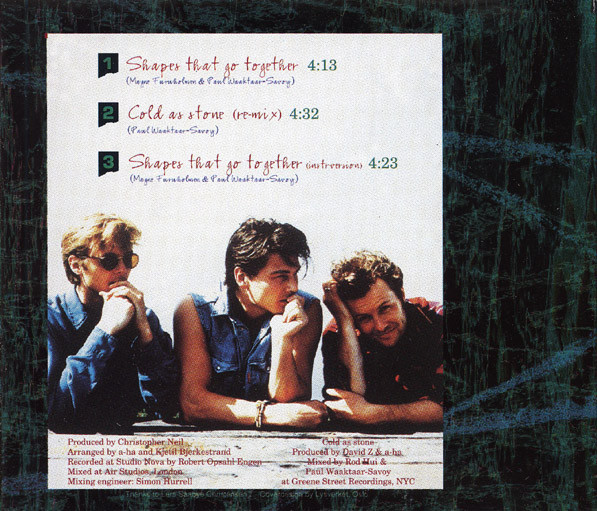
A shorter remix of the song is included on the CD single of Shapes That Go Together in 1994, clocking in at 4:32 – a little over half the album length.
The 2015 Deluxe Edition of Memorial Beach includes the demo version of the song and a live version from March 1994 in Oslo.
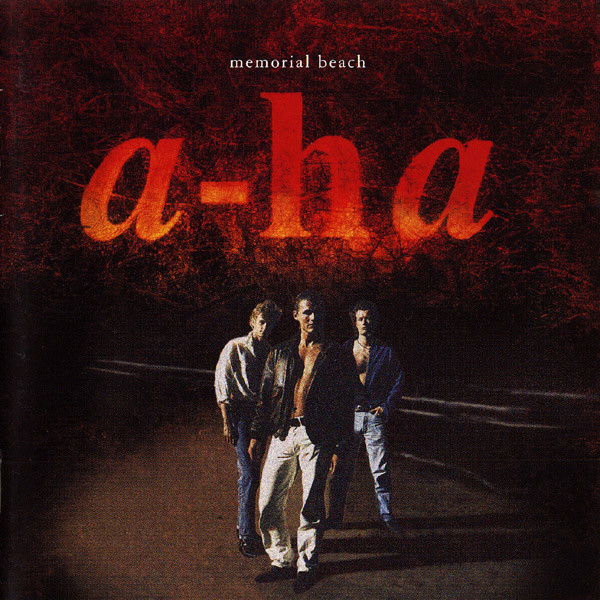

Facebook Comments